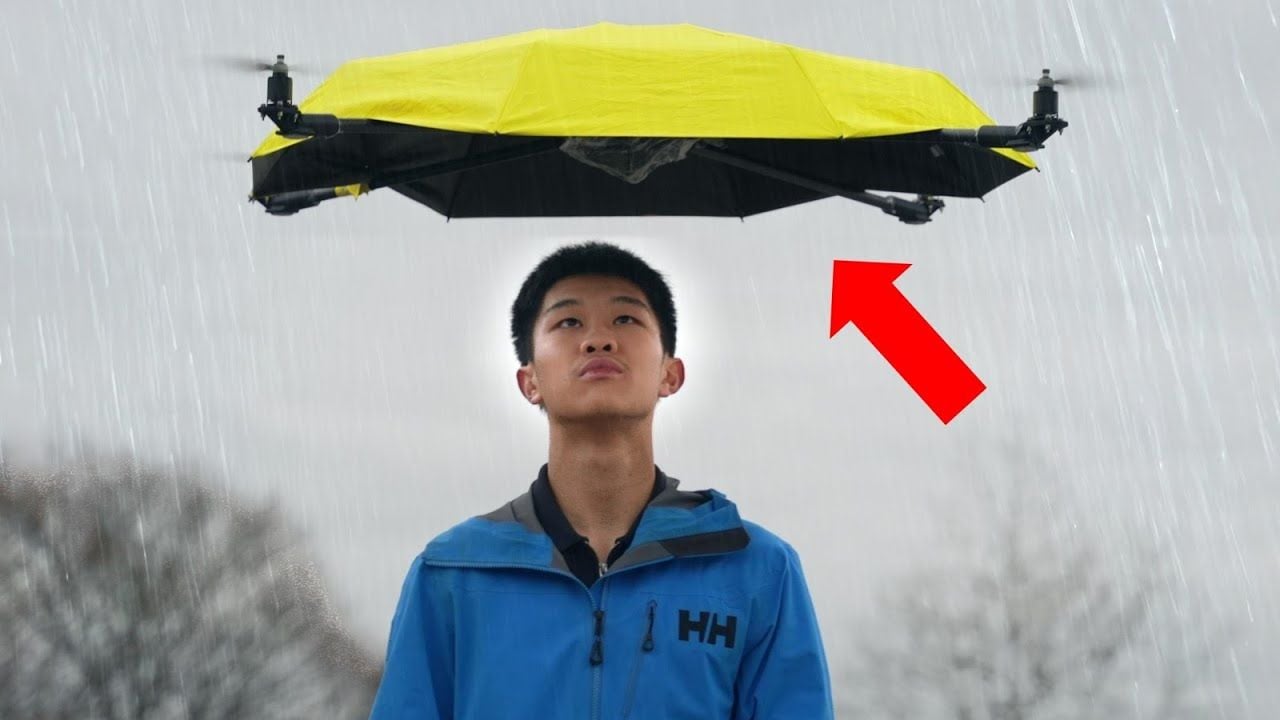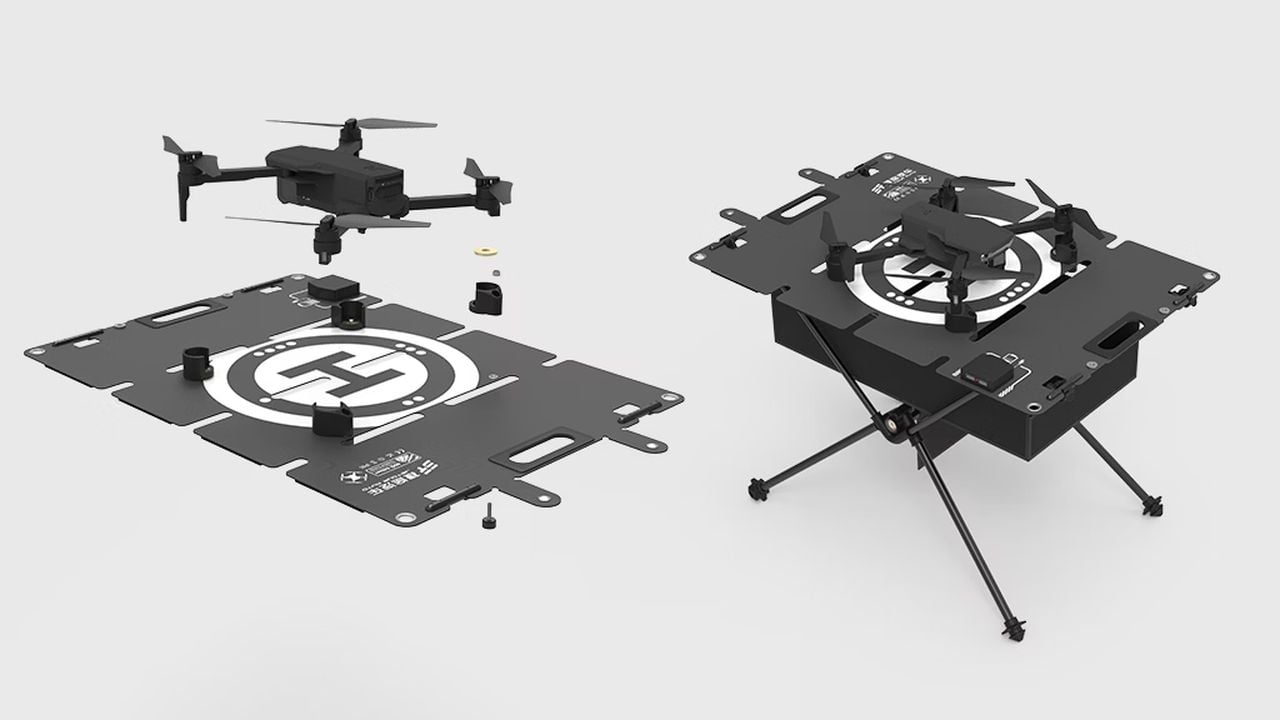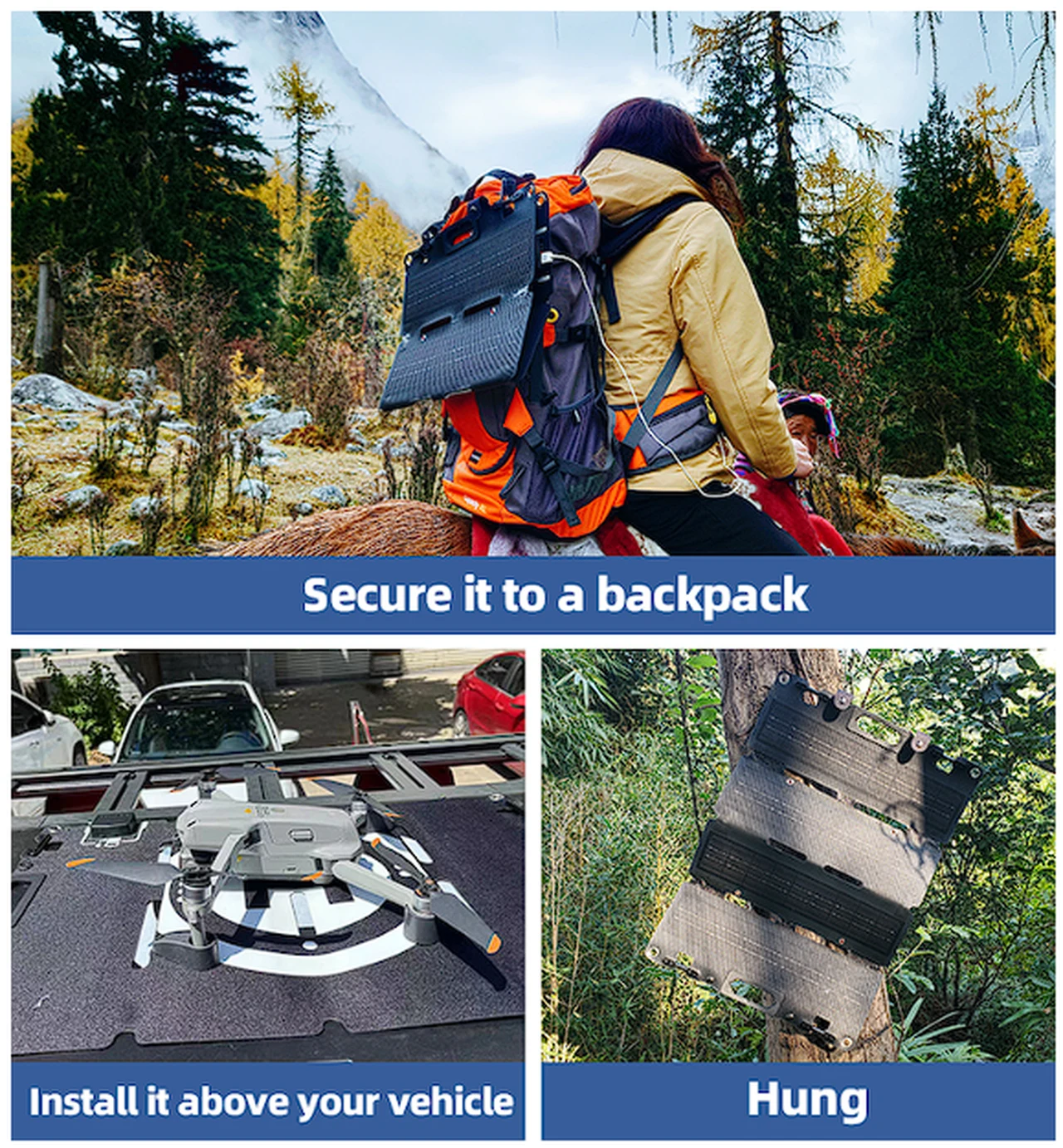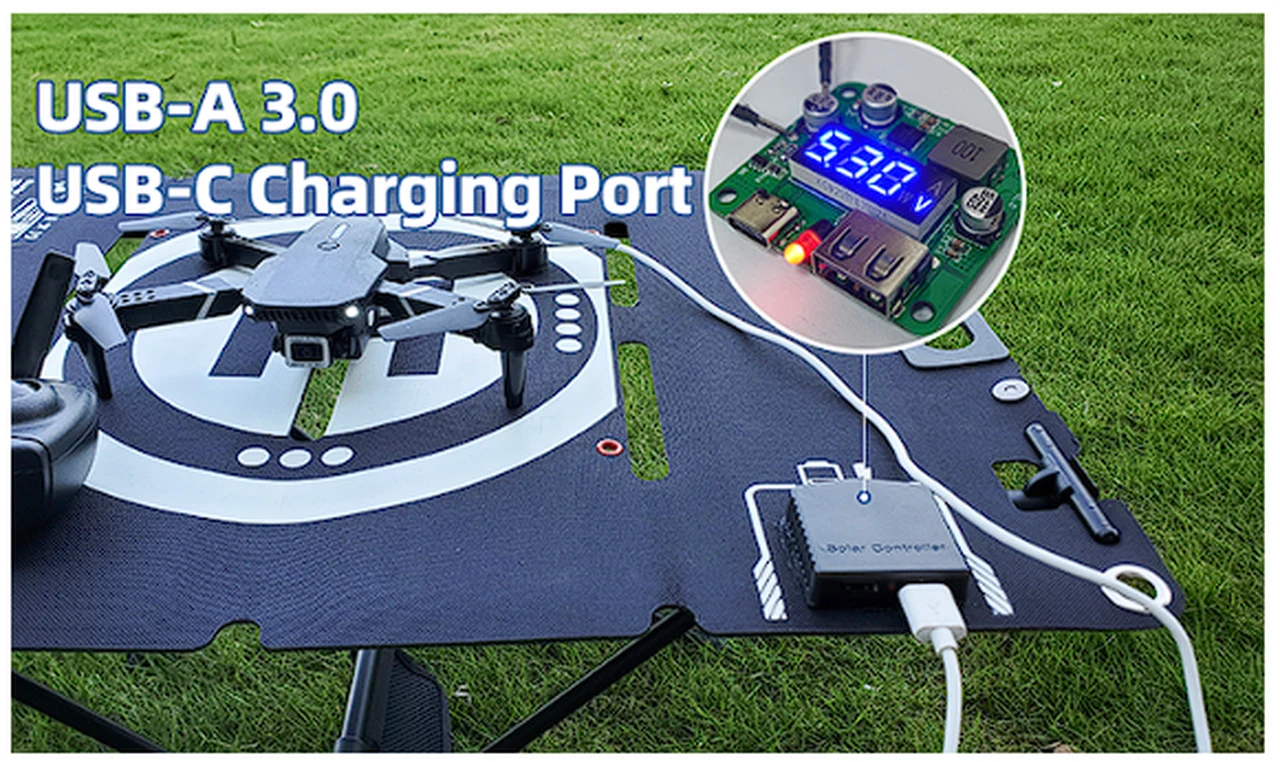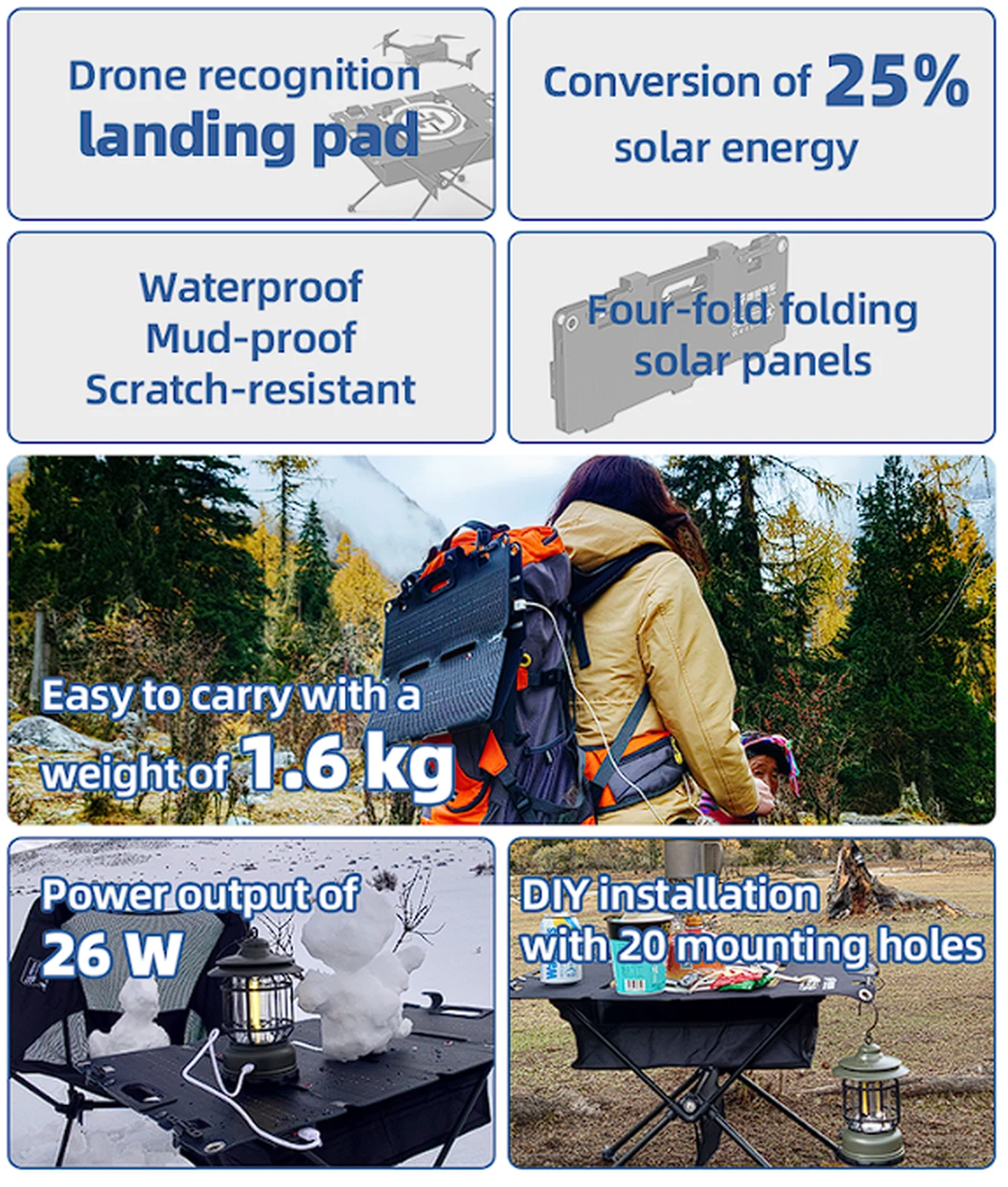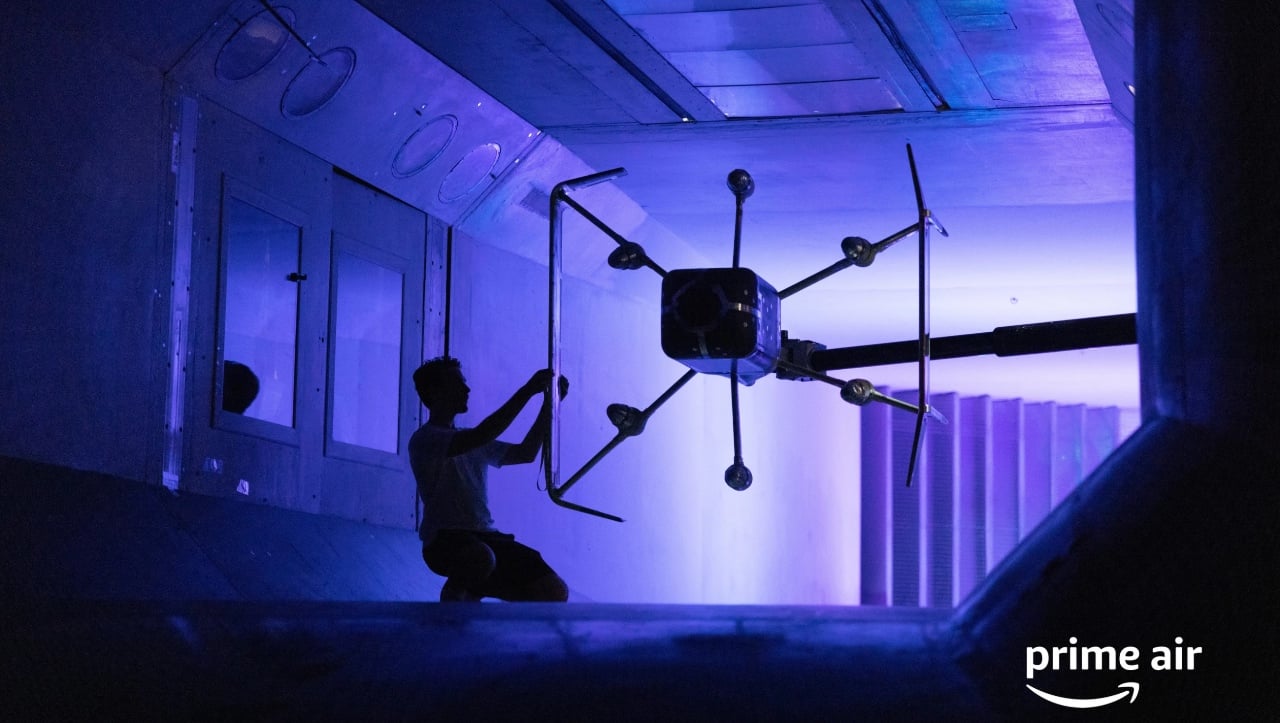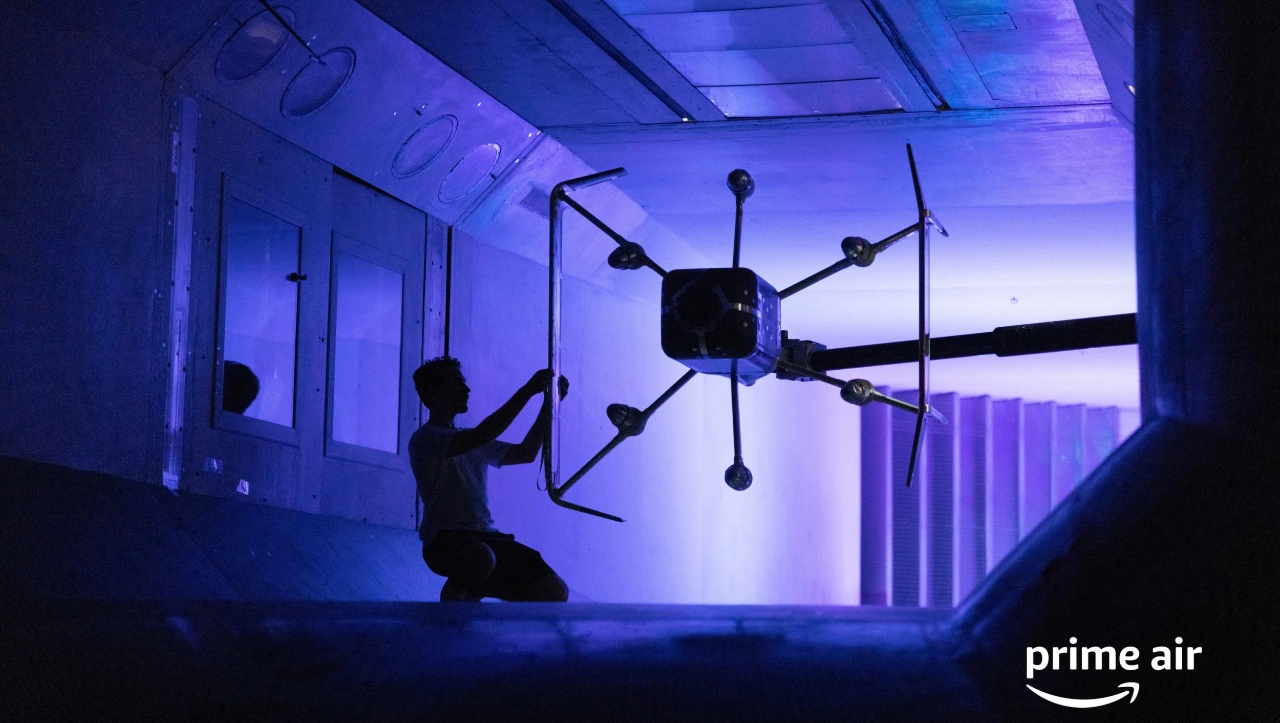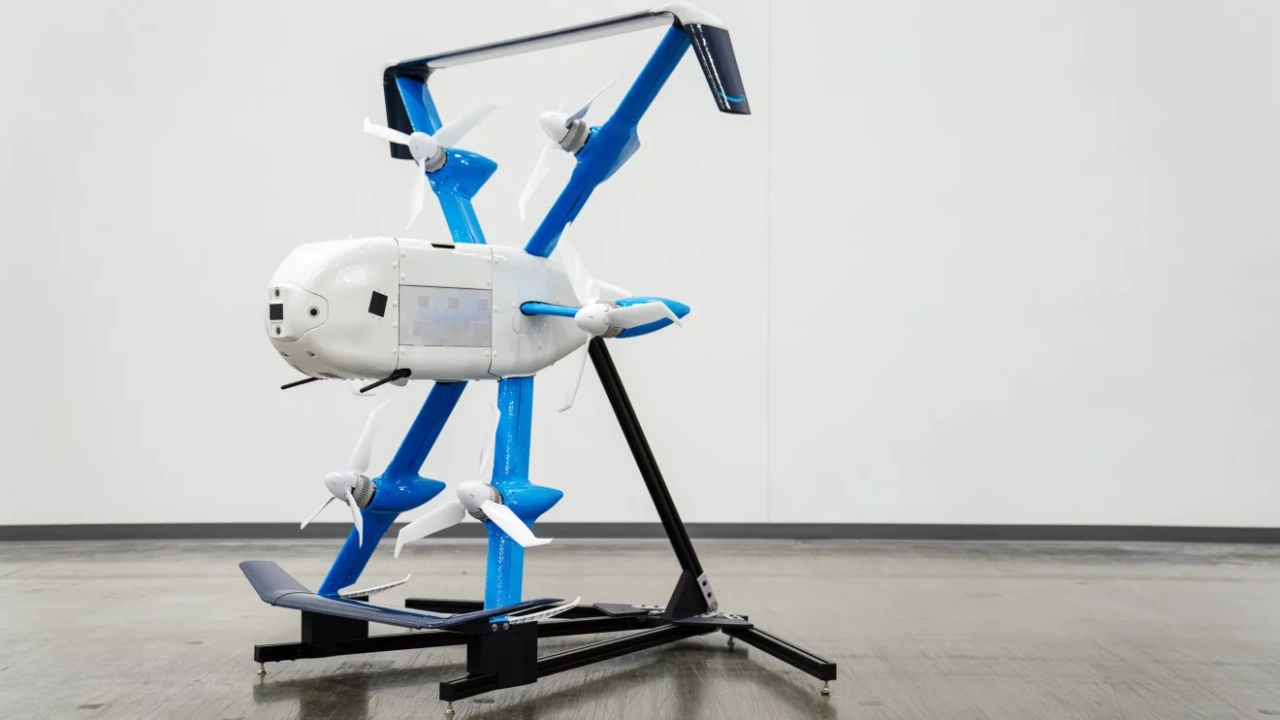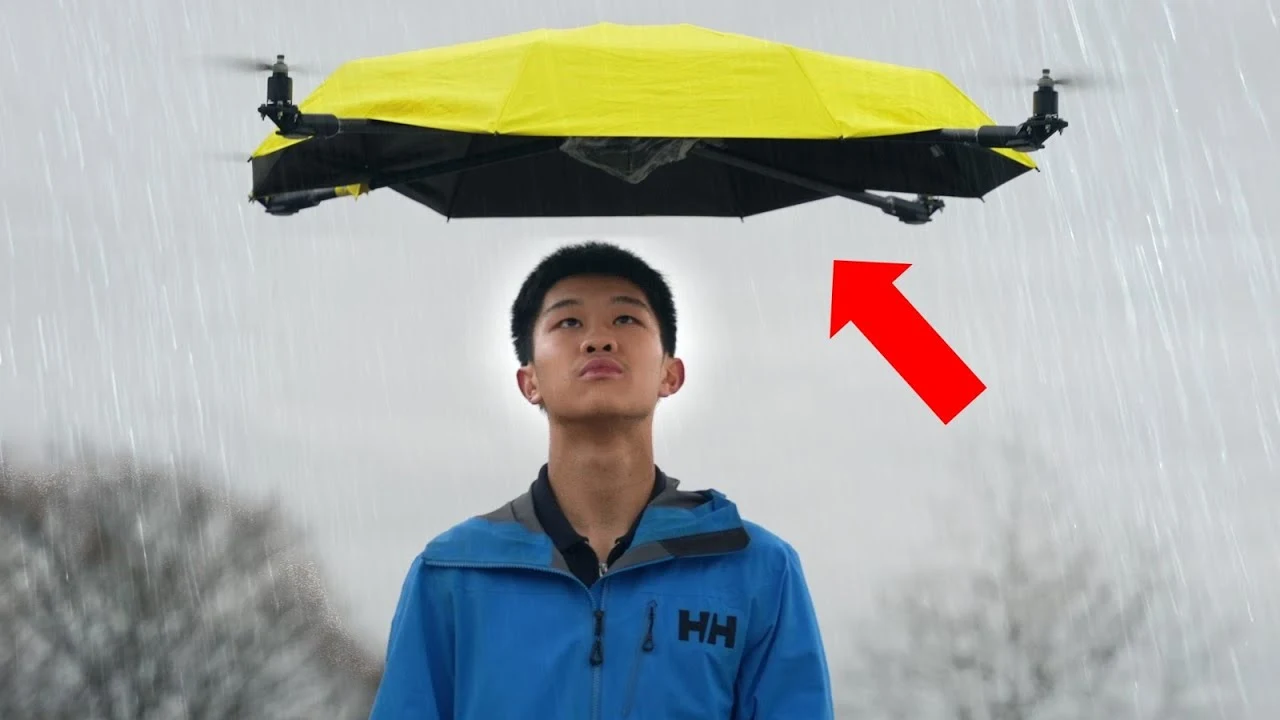
In a world where technology constantly reshapes our daily lives, the concept of a drone-powered umbrella that hovers above you, providing shelter from the rain without the need to hold it, is not as far-fetched as it once seemed. This idea of a flying umbrella is being brought closer to reality by creative individuals who are combining the convenience of modern drone technology with the age-old need for rain protection. This new type of flying umbrella could soon redefine the way we shield ourselves from the elements.
The challenge in creating such a device lies in the integration of propellers into an object that has never needed them before. Designers have cleverly come up with a frame that has propellers mounted on the sides to prevent any interference with the airflow, which is crucial for the umbrella to work effectively.
The process of developing this innovative umbrella begins with abandoning the traditional handle and constructing an internal frame that can house all the necessary electronic components. This requires expertise in 3D modeling, leading to the creation of parts that are then produced through 3D printing. It’s a trial-and-error process, with issues like misaligned parts often necessitating multiple redesigns and reprints.
Making a flying umbrella using drone technology
Innovation, however, is never straightforward. For example, an electronic speed controller, which is vital for the operation of the propellers, might fail without warning. These setbacks, while frustrating, are invaluable learning experiences that contribute to the improvement of the design and the replacement of faulty parts, bringing the project closer to achieving a working flying umbrella.
Here are some other articles you may find of interest on the subject of drones :
At the heart of this umbrella is its electronic system, which includes a microcontroller and GPS for autonomous navigation. Putting these components together requires proficiency in soldering and wiring. These electronics are what allow the umbrella to stabilize in the air and move where it needs to go without any manual guidance.
But creating a prototype is just the beginning. The true test comes when the umbrella is subjected to real-world conditions. It’s during these tests that issues, particularly those related to stability, are identified and addressed. This ongoing refinement is crucial in developing a reliable product that can be trusted to perform when needed.
Since the umbrella is designed to protect against the weather, it must be able to withstand those very conditions. Weatherproofing the electronic components is a critical step in the development process. The umbrella must prove its worth by functioning in various weather scenarios, which is the ultimate test of its effectiveness.
Areas to consider if you are building your own flying umbrella
When building a flying umbrella, several key areas need to be considered and potentially expanded upon. These areas encompass both the design and functionality aspects, ensuring that the final product is not only innovative but also practical and safe. Here’s an expansion on the mentioned areas and additional considerations:
- Aerodynamic Design: Beyond traditional design challenges, focus on the aerodynamics of the umbrella. This involves studying airflow patterns and resistance to ensure that the umbrella can achieve and maintain lift without compromising its primary function as a rain shield.
- Propeller Placement and Dynamics: Expanding on the idea of side-mounted propellers, consider the dynamics of propeller rotation and how it affects umbrella stability. Explore different configurations, such as quadcopter-style designs, for optimal balance and lift.
- Material Selection: In the construction process, the choice of materials is crucial. Lightweight yet sturdy materials are needed to withstand the forces during flight while remaining portable. Composite materials or advanced polymers might be suitable choices.
- Advanced Electronics Integration: Delve deeper into the integration of sophisticated electronics. This includes not only basic controls but also advanced features like altitude sensors, accelerometers, and even AI algorithms for stability and pathfinding in windy conditions.
- Battery and Power Management: Address the challenges of powering the device. This involves selecting the right battery type, ensuring it’s lightweight yet capable of providing sufficient power, and integrating efficient power management systems to extend operational time.
- Safety Mechanisms: Implement safety features to prevent accidents. This includes automatic shut-off systems in case of malfunction, propeller guards to prevent injury, and emergency descent protocols.
- Weatherproofing and Durability: Beyond basic weatherproofing, consider the durability of the umbrella under various environmental conditions. This includes resistance to wind, UV protection for the materials used, and corrosion resistance for metal parts.
- User Interface and Control: Develop an intuitive user interface, possibly integrating smartphone control for ease of use. This could include features like one-touch takeoff and landing, programmable routes, and real-time weather updates.
- Regulatory Compliance: Investigate and comply with any aviation and safety regulations that might apply to a flying device, even one as unconventional as a flying umbrella.
- Environmental Impact: Consider the environmental impact of the device, from the manufacturing process to its end-of-life disposal. Focus on sustainability in material choice and energy consumption.
- Market Research and User Feedback: Conduct thorough market research to understand potential user needs and preferences. Post-development, gather user feedback for continuous improvement and adaptation to consumer needs.
- Scalability and Manufacturing: If considering mass production, explore scalable manufacturing processes and the potential challenges in scaling up from a prototype to a commercially viable product.
By addressing these areas, you can develop a flying umbrella that is not only a novel concept but also a functional, safe, and user-friendly product.
The flying umbrella is a bold reimagining of a simple tool that has been with us for centuries. By merging drone technology with innovative design and a commitment to solving problems, this project is on the verge of altering the landscape of personal weather protection. As the development continues, the flying umbrella stands on the cusp of changing how we interact with devices that protect us from the weather, making our lives a little easier and a lot more interesting.
Filed Under: DIY Projects, Top News
Latest timeswonderful Deals
Disclosure: Some of our articles include affiliate links. If you buy something through one of these links, timeswonderful may earn an affiliate commission. Learn about our Disclosure Policy.

